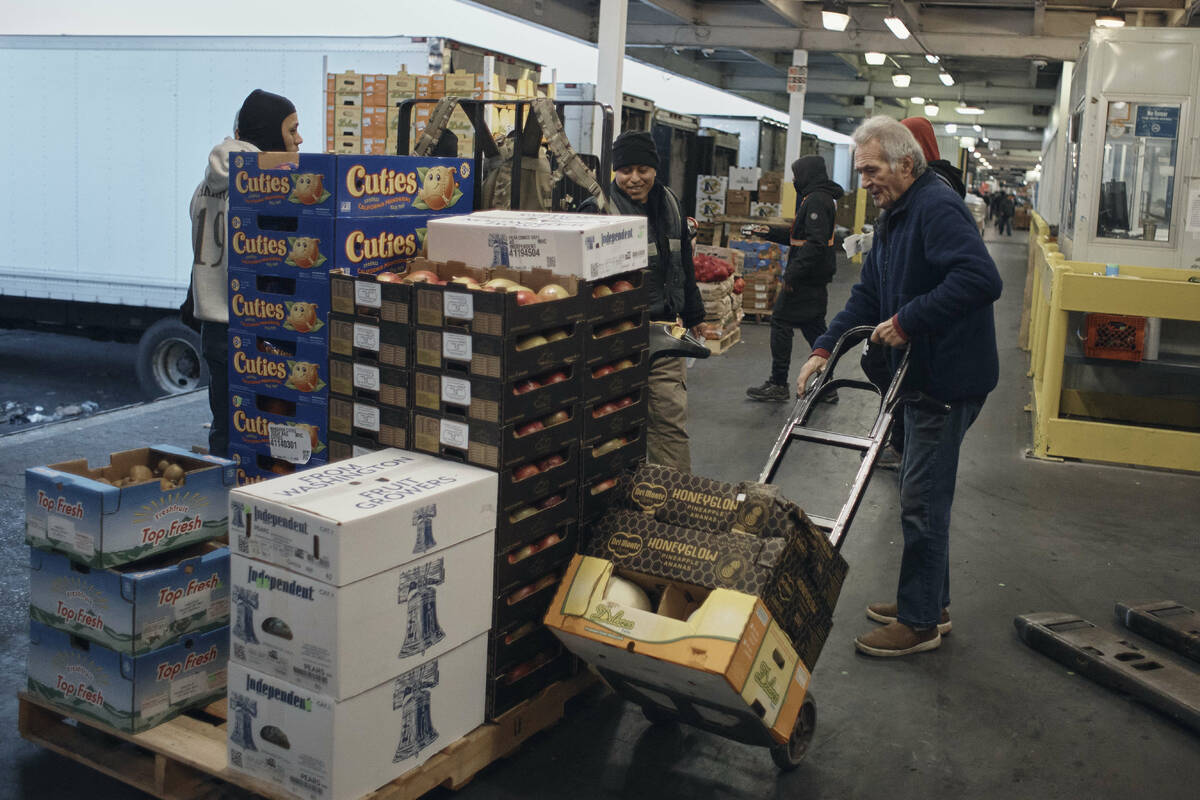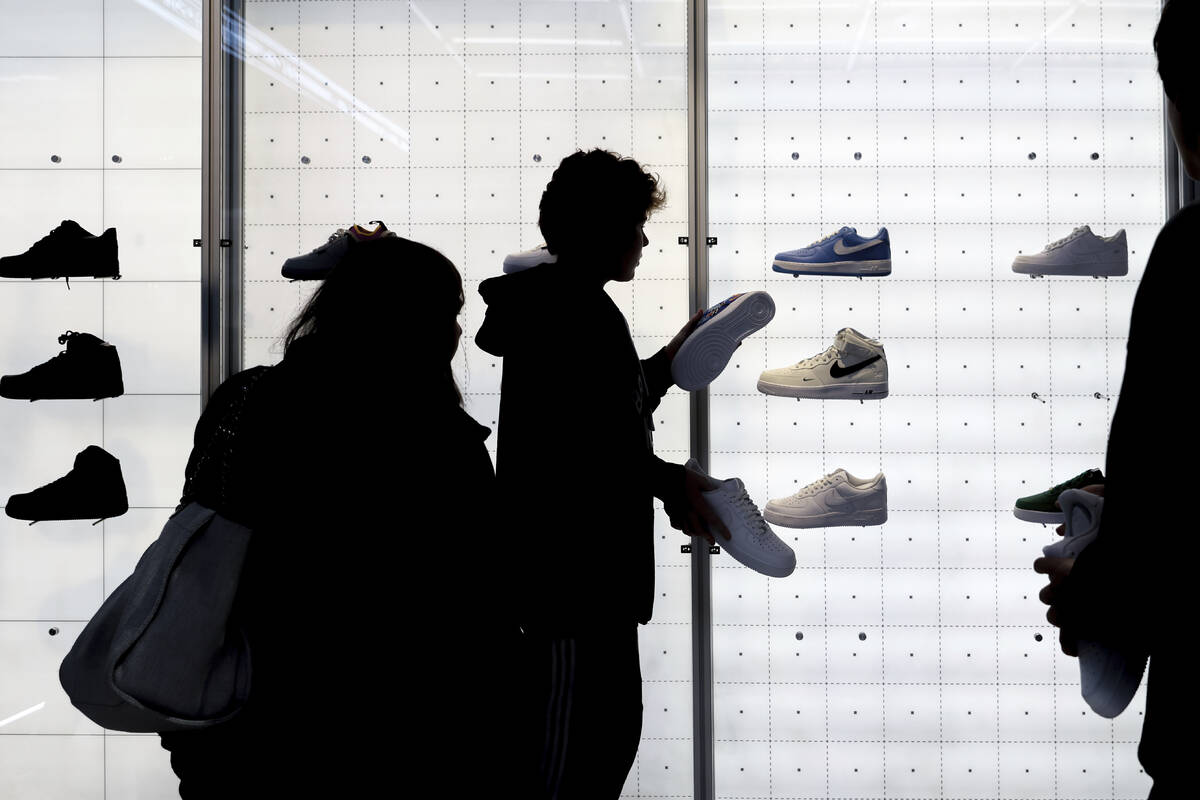US inflation slowed sharply to 7.1% over past 12 months
WASHINGTON — Inflation in the United States slowed again last month in the latest sign that price increases are gradually cooling despite the pressures they continue to inflict on American households.
Consumer prices rose 7.1% in November from a year ago, the government said Tuesday. That was down from 7.7% in October and a recent peak of 9.1% in June. It was the fifth straight slowdown.
On a month-to-month basis, the consumer price index rose just 0.1% in November, down from 0.4% in October.
Even with last month’s further easing of inflation, the Federal Reserve plans to keep raising interest rates. On Wednesday, the Fed is set to boost its benchmark rate for a seventh time this year, a move that will further raise borrowing costs for consumers and businesses. Economists have warned that in continuing to tighten credit to fight inflation, the Fed is likely to cause a recession next year.
Tuesday’s government report showed that inflation in November was slowed by less expensive gasoline, electricity and used cars, among other items.
Several trends have started to reduce price pressures, though they won’t likely be enough to bring overall inflation back down to levels that Americans were used to anytime soon.
The national average for a gallon of regular gas has sunk from $5 a gallon in June to $3.26 as of Monday. Many supply chains have also unsnarled, helping reduce the costs of imported goods and parts. Prices for lumber, copper, wheat and other commodities have fallen steadily, which tends to lead to lower construction and food costs.
To some economists and Fed officials, such figures are a sign of improvement, even though inflation remains far above the central bank’s annual 2% target and might not reach it until 2024.
Fed Chair Jerome Powell has said he is tracking price trends in three different categories to best understand the likely path of inflation: Goods, excluding volatile food and energy costs; housing, which includes rents and the cost of homeownership; and services excluding housing, such as auto insurance, pet services and education.
In a speech two weeks ago in Washington, Powell noted that there had been some progress in easing inflation in goods and housing but not so in most services. Physical goods like used cars, furniture, clothing and appliances have become steadily less expensive since the summer.
Used car prices, which had skyrocketed 45% in June 2021 compared with a year earlier, have fallen for most of this year.
Housing costs, which make up nearly a third of the consumer price index, are still rising. But real-time measures of apartment rents and home prices are starting to drop after having posted sizzling price acceleration at the height of the pandemic. Powell said those declines will likely emerge in government data next year and should help reduce overall inflation.
Still, services costs are likely to stay persistently high, Powell suggested. In part, that’s because sharp increases in wages are becoming a key contributor to inflation. Services companies, like hotels and restaurants, are particularly labor-intensive. And with average wages growing at a brisk 5%-6% a year, price pressures keep building in that sector of the economy.
Services businesses tend to pass on some of their higher labor costs to their customers by charging more, thereby perpetuating inflation. Higher pay also fuels more consumer spending, which allows companies to raise prices.
“We want wages to go up strongly,” Powell said, “but they’ve got to go up at a level that is consistent with 2% inflation over time.”
On Wednesday, the Fed is expected to raise its key short-term rate by a half-point, after four straight three-quarter-point increases. That would leave its benchmark rate in a range of 3.75% to 4%, its highest level in 15 years.
Economists expect the Fed to further slow its rate hikes next year, with quarter-point increases in February and March if inflation remains relatively subdued.


















